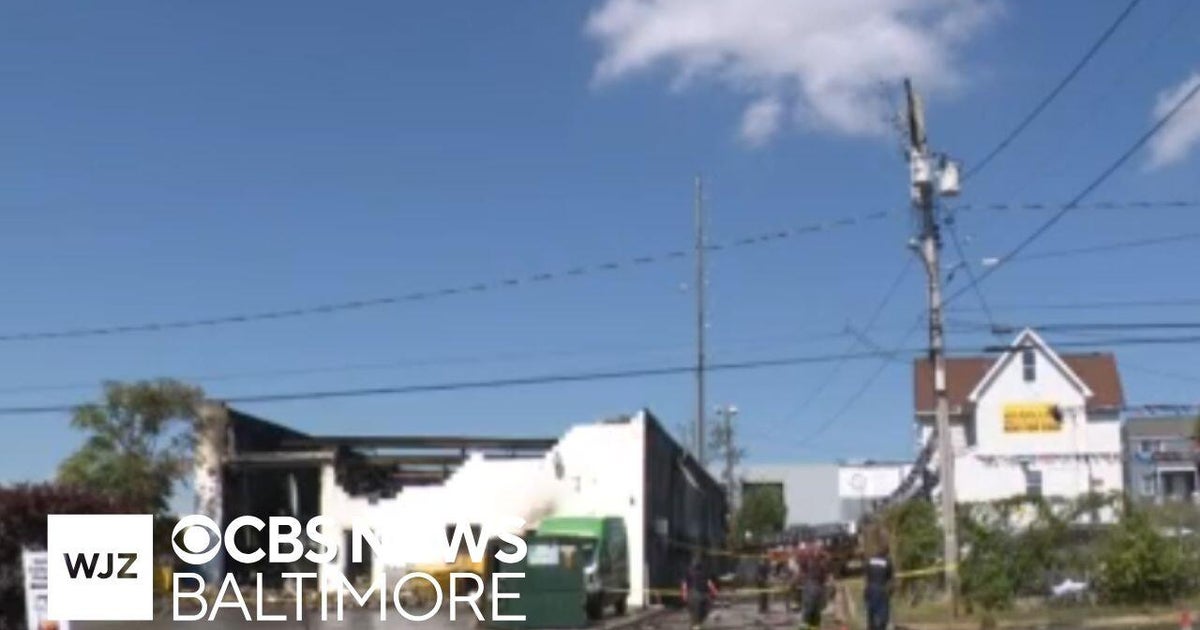Instructions

tags
3. Ensure the title is clean without extra quotes
Please paste the original article text, and I'll help you transform it.
Inferno Engulfs Baltimore's Commercial Laundry: A Devastating Business Blow
In the heart of Baltimore's bustling commercial district, a catastrophic fire erupted, transforming a thriving laundry business into a smoldering testament of unexpected disaster. The incident not only highlights the fragility of entrepreneurial dreams but also underscores the unpredictable nature of business risks that can obliterate years of hard work in mere moments.
When Flames Consume Dreams: A Business's Sudden Transformation
The Unexpected Catastrophe
The commercial laundry facility, a cornerstone of Baltimore's local business ecosystem, experienced a devastating fire that swept through its infrastructure with unprecedented ferocity. Witnesses described the blaze as a rapidly expanding inferno that consumed equipment, infrastructure, and years of accumulated business investment within hours. The intensity of the fire suggested multiple potential ignition points, raising critical questions about industrial safety protocols and emergency preparedness.
Firefighting teams from multiple Baltimore districts converged on the scene, battling the complex industrial blaze with sophisticated equipment and strategic intervention techniques. The scale of the emergency required coordinated efforts, demonstrating the city's robust emergency response capabilities while simultaneously revealing the vulnerabilities inherent in commercial industrial spaces.
Economic and Community Impact
The destruction of this commercial laundry facility represents more than a singular business loss. It signals potential ripple effects across Baltimore's local economic landscape. Small and medium enterprises often operate on razor-thin margins, and such catastrophic events can trigger cascading financial challenges. The business's sudden incapacitation potentially impacts numerous downstream service providers, employees, and client relationships.
Local economic analysts suggest that the fire's aftermath could necessitate comprehensive insurance assessments, potential workforce displacement, and significant reconstruction efforts. The incident underscores the critical importance of robust risk management strategies for businesses operating in high-intensity industrial environments.
Investigating the Root Causes
Preliminary investigations by fire department experts and insurance investigators are meticulously examining the fire's origin. Potential factors under scrutiny include electrical system failures, equipment malfunctions, potential chemical interactions, and maintenance oversight. Each investigative angle provides crucial insights into preventing similar incidents in future industrial settings.
Forensic analysis will likely involve advanced technological tools, including thermal imaging, electrical system diagnostics, and comprehensive site reconstruction. These methodologies aim to unravel the complex sequence of events that transformed a functioning commercial space into a charred remnant of industrial infrastructure.
Resilience and Recovery Strategies
Despite the overwhelming destruction, the narrative emerging from this incident is not solely one of loss. Baltimore's business community has historically demonstrated remarkable resilience in confronting unexpected challenges. Local support networks, including business associations, financial institutions, and community organizations, are likely to mobilize resources to support the affected business's potential reconstruction.
Insurance mechanisms, emergency funding programs, and collaborative community efforts can provide critical lifelines for businesses navigating such catastrophic disruptions. The incident serves as a poignant reminder of the importance of comprehensive risk management, emergency preparedness, and adaptive business strategies.
Technological and Safety Implications
The fire's extensive damage prompts broader discussions about industrial safety technologies, fire prevention systems, and equipment design. Advanced fire suppression technologies, real-time monitoring systems, and enhanced safety protocols could potentially mitigate similar risks in future commercial environments.
Emerging technologies like AI-driven predictive maintenance, integrated sensor networks, and automated emergency response systems represent promising avenues for preventing and managing industrial fire risks. The Baltimore laundry facility's experience might catalyze industry-wide conversations about technological interventions in risk management.

